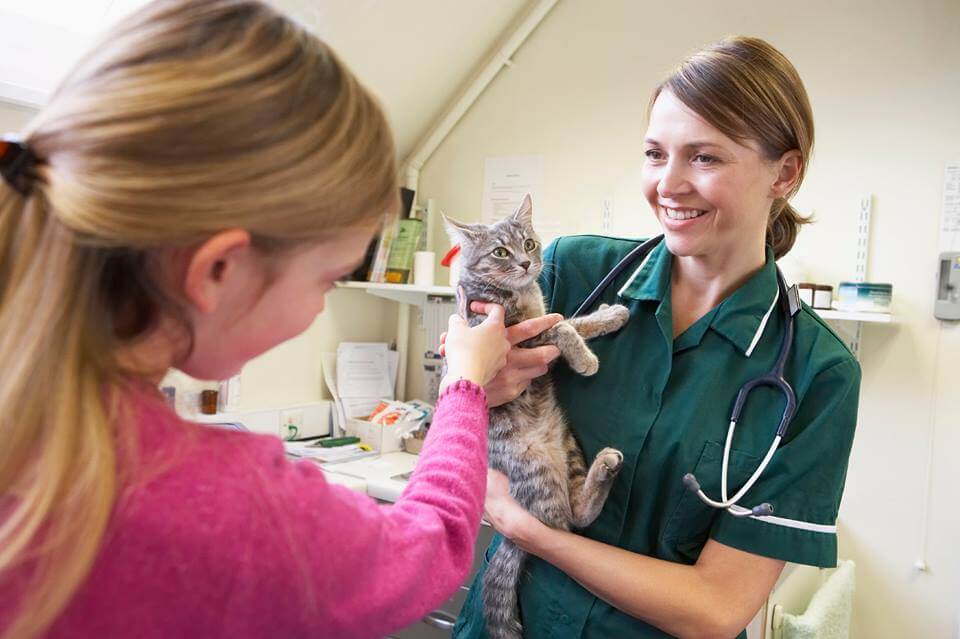Check out the Michigan Humane Society blog on Mondays to see common veterinary questions answered. If you have an immediate medical concern with your pet, please call your veterinarian! If you have a non-urgent question you would like answered on the blog, you can comment here or email us at mail(at)michiganhumane.org.
“What are the potential risks of declawing cats? I know it is banned in some countries.”
Declawing is the amputation of the nail and last part of the bone of the cat’s toe. This is equivalent to removing your fingertip at the first joint. Risks include complications with anesthesia, bleeding, infection, reaction to pain medications or certain materials used to close the incisions, nerve damage, potential regrowth of nails over time, and pain that may last long term, especially if effective pain control is not done during and after the procedure.
Scratching is a normal feline behavior. Cats scratch for exercise, to mark territory and to help keep their claws conditioned. Claws are important for defense and balance. Many people think declawing is an automatic part of owning a cat, but this is not the case and other options should be explored. Scratching posts or mats made of cardboard, wood, sisal, and other materials are available. Offer both horizontal and vertical posts. The posts should be long enough for your cat to stretch out comfortably. Several posts may be needed, especially in multiple cat households. Place the scratching post in an area where your cat spends most of her time. Positive reinforcement will encourage your cat to use the appropriate scratching area. Frequent nail trims to keep the tips of the nails blunt will help prevent damage to furniture. Soft nail caps are also available that can be placed over each nail as another alternative to painful declawing.
“My dog’s breath smells bad. What can I do about it?”
Dental disease is a common cause for bad breath and discomfort in dogs and cats. Your veterinarian can evaluate your pet’s oral health to determine if dental disease is present and to look for other abnormalities. If there is tartar build-up or infected gums, your veterinarian will likely recommend a dental cleaning. General anesthesia is required for a thorough oral exam, to perform x-rays, extract diseased teeth, and to effectively clean and polish all surfaces of the teeth, including below the gumline.
Once the teeth are cleaned and any infection addressed, dental home care is important. If your pet will allow it, daily brushing is the best way to remove plaque. Many pet stores and veterinary hospitals sell a variety of toothbrushes appropriate for the size of your pet. Child sized toothbrushes may also work well. Special toothpaste is available for dogs and cats–never use human toothpaste. Human toothpaste is meant to be spit out and your pet will swallow any paste you use. Gradually get your pet used to the process and make it a positive experience. Other options for dental home care include special treats, diets or oral rinses. Ask your veterinarian what would be most appropriate for your dog or cat and visit the American Veterinary Dental College website at www.avdc.org for more information.


Is it safe to give my lab benadryl? I’ve taken him to the vet multiple times for skin issues and he’s still itchy.